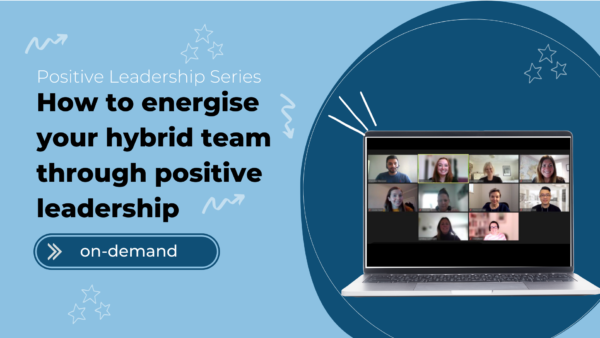Stronger teams in 5 simple steps? Yes, please!
1. Know your purpose
The most effective teams I know operate the ‘gold medal’ strategy – what is the one overriding goal that the team needs to focus on in order for it to be a standout success? Of course, it’s true that sporting teams should find this more straightforward, as they may well be literally aiming towards a ‘gold medal’ goal. However, the same pinpoint approach can be used for building teams of all types.
Ask yourself, what is the one goal or single overriding purpose for your team that outweighs all others?
2. Find your strengths
Teams need to understand the strengths, skills and most importantly, the contribution that individuals can make to a team. So you could use a strengths assessment tool – such as Strengthscope® – this will help people in the team identify what they love the most and where they can make the greatest impact.
It is also important to know how the strengths of individual team members combine to ‘define’ a team’s brand – this will often be a blind spot for teams until they gain an understanding of how their strengths can combine most effectively to deliver on goals.
3. Use them well
Knowing your strengths doesn’t necessarily equate to using them effectively. At the individual level, team members can benefit from reflecting on how they can use their strengths most effectively to help the team achieve its goals, particularly where they have a strength in short supply within the team. At the team level, gaining an understanding of ‘what great looks like’ for majority strengths comes through powerful conversations.
For example, using strengths of Empathy and Collaboration to adopt a ‘one team’ approach in practice to deliver on important project goals. Having powerful conversations can help teams find more examples of strengths at their best to help build awareness both inside and outside the team. This builds confidence and belief in the team that it can become and stay high performing.
4. Manage the risks
The most productive teams are prepared to be honest and open about risk areas. Individuals can call on other team members for feedback and support in areas where they feel weaker. At a team level, possible blind spots should be identified due to strengths in overdrive or weaker areas.
Consider shared Resilience and Courage strengths which if you don’t pay attention to them could lead a team to take risky decisions without a clear benefit. Or a lack of Relational strengths, which may mean the team becomes inward-looking and isolated, losing support from the wider organisation.
Actively managing these risks is essential if a team is to maintain high performance under pressure.
5. Build team rituals
Without strong processes and disciplines to support their strengths, a team will probably do OK but won’t get to brilliant. Planning, delivery, reviewing and learning all require time and focus to be done well and create a sense of belief in what the team can achieve at its best.
Teams which have built these rituals over time are more likely to get to brilliant status because everyone knows what the team is for, how they contribute to that purpose, people work together, deal with change and learn from experience.
Did you know this blog is also available as a podcast along with some other incredible content? Check it out on iTunes, Spotify, Acast.









